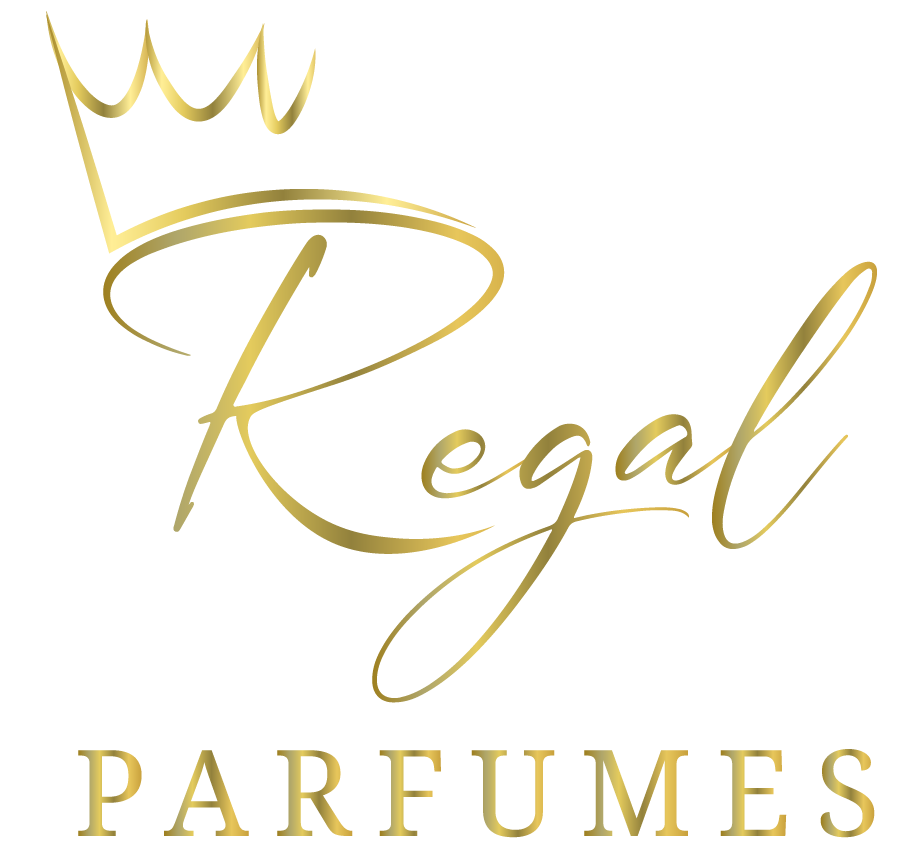Perfumery is an art form that relies on the intricate blending of various ingredients to create unique and captivating fragrances. From the delicate floral notes of rose and jasmine to the warm embrace of vanilla and sandalwood, each ingredient contributes to the olfactory masterpiece that is a perfume. In this exploration, we delve into the diverse world of perfume ingredients, from essential oils and aroma chemicals to natural extracts, unlocking the secrets behind their allure and significance in the world of scent.
Essential Oils: Capturing Nature’s Essence
Derived from botanical sources such as flowers, fruits, and spices, essential oils are the heart and soul of perfumery. These precious oils are extracted through methods like steam distillation or solvent extraction, capturing the aromatic molecules that define the scent of plants. Essential oils add complexity and richness to perfumes, infusing them with the natural beauty of the botanical world. Let’s explore some iconic essential oils:
Rose:
Renowned for its exquisite aroma, rose essential oil adds a delicate floral note to perfumes, imbuing them with romance and elegance. Rose is often referred to as the “Queen of Flowers” and has been cherished for centuries for its captivating scent and symbolic significance.
Jasmine:
With its intoxicating scent, jasmine essential oil lends a sweet, floral fragrance to perfumes, evoking feelings of sensuality and allure. Jasmine has a rich history in perfumery and is prized for its heady aroma, which is often associated with luxury and indulgence.
Bergamot:
Citrusy and bright, bergamot essential oil provides a refreshing and uplifting aroma, perfect for brightening mood and enhancing freshness in perfumes. Bergamot is commonly used as a top note in perfumery, adding a zesty, vibrant touch to fragrances.
Aroma Chemicals: The Art of Synthetic Scent
In addition to natural essential oils, perfumers often utilize aroma chemicals to enhance fragrance stability and create innovative scents. These synthetic compounds are meticulously crafted to recreate specific aromas or enhance the overall olfactory profile of perfumes. While some may prefer all-natural fragrances, aroma chemicals play a vital role in modern perfumery, offering versatility and longevity. Let’s explore some notable aroma chemicals:
Iso E Super:
Known for its woody and musky aroma, Iso E Super adds warmth and depth to perfumes, enhancing their longevity and sillage. This versatile molecule is prized for its ability to add a sensual touch to fragrances without overpowering other notes.
Ambroxan:
With its ambergris-like scent, Ambroxan adds a luxurious and sensual touch to perfumes, evoking images of sun-kissed skin and seaside breezes. Ambroxan is often used as a base note, imparting richness and depth to fragrances.
Hedione:
Hedione is a synthetic compound with a fresh and floral aroma, prized for its ability to enhance the brightness and diffusion of fragrances. This molecule adds a radiant and uplifting quality to perfumes, making them more vibrant and captivating.
Natural Extracts: Botanical Treasures
Natural extracts, such as vanilla, patchouli, and sandalwood, are prized for their depth, authenticity, and complexity. These botanical treasures lend a distinctive character to fragrances, infusing them with warmth, richness, and sophistication. Natural extracts offer a more concentrated and nuanced olfactory experience compared to essential oils. Let’s explore some iconic natural extracts:
Vanilla:
With its sweet and creamy aroma, vanilla extract adds a comforting and indulgent note to perfumes, evoking feelings of warmth and nostalgia. Vanilla is one of the most beloved fragrance ingredients, cherished for its timeless elegance and versatility.
Patchouli:
Earthy and exotic, patchouli extract lends a rich and sensual aroma to perfumes, imbuing them with depth and mystery. Patchouli has a long history in perfumery and is prized for its grounding and intoxicating qualities.
Sandalwood:
Revered for its creamy and woody scent, sandalwood extract provides a smooth and luxurious base for perfumes, enhancing their longevity and sophistication. Sandalwood is often used as a base note in perfumery, adding a touch of elegance and refinement.
In conclusion, the world of perfume ingredients is a vast and diverse landscape, filled with botanical treasures, synthetic innovations, and olfactory delights. By understanding the characteristics and significance of different ingredients, perfume enthusiasts can deepen their appreciation for the art and science of perfumery, unlocking the secrets behind their favorite scents and embarking on a sensory journey of discovery and delight.
Recent Articles
- Date Night Fragrances for Him and Her This Valentine’s Day
- The Best Gift for Christmas from Regal Parfumes that Lasts Long
- Unwrap Elegance this Black Friday with Regal Perfumes’ Luxury Collection
- Best Perfumes to Gift a Man – Regal Parfumes
- Understanding Skin Chemistry and How pH Balance Affects Fragrance

